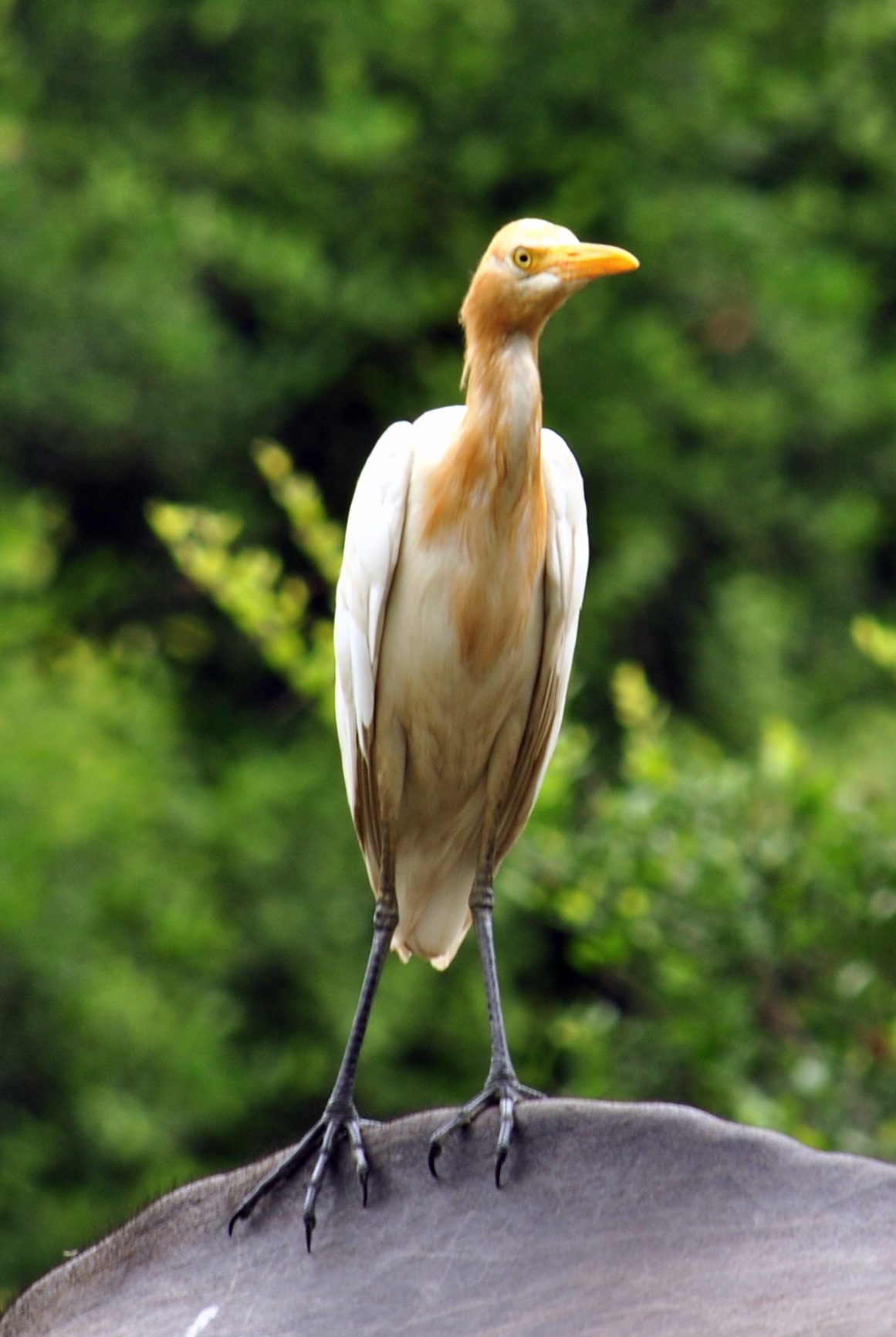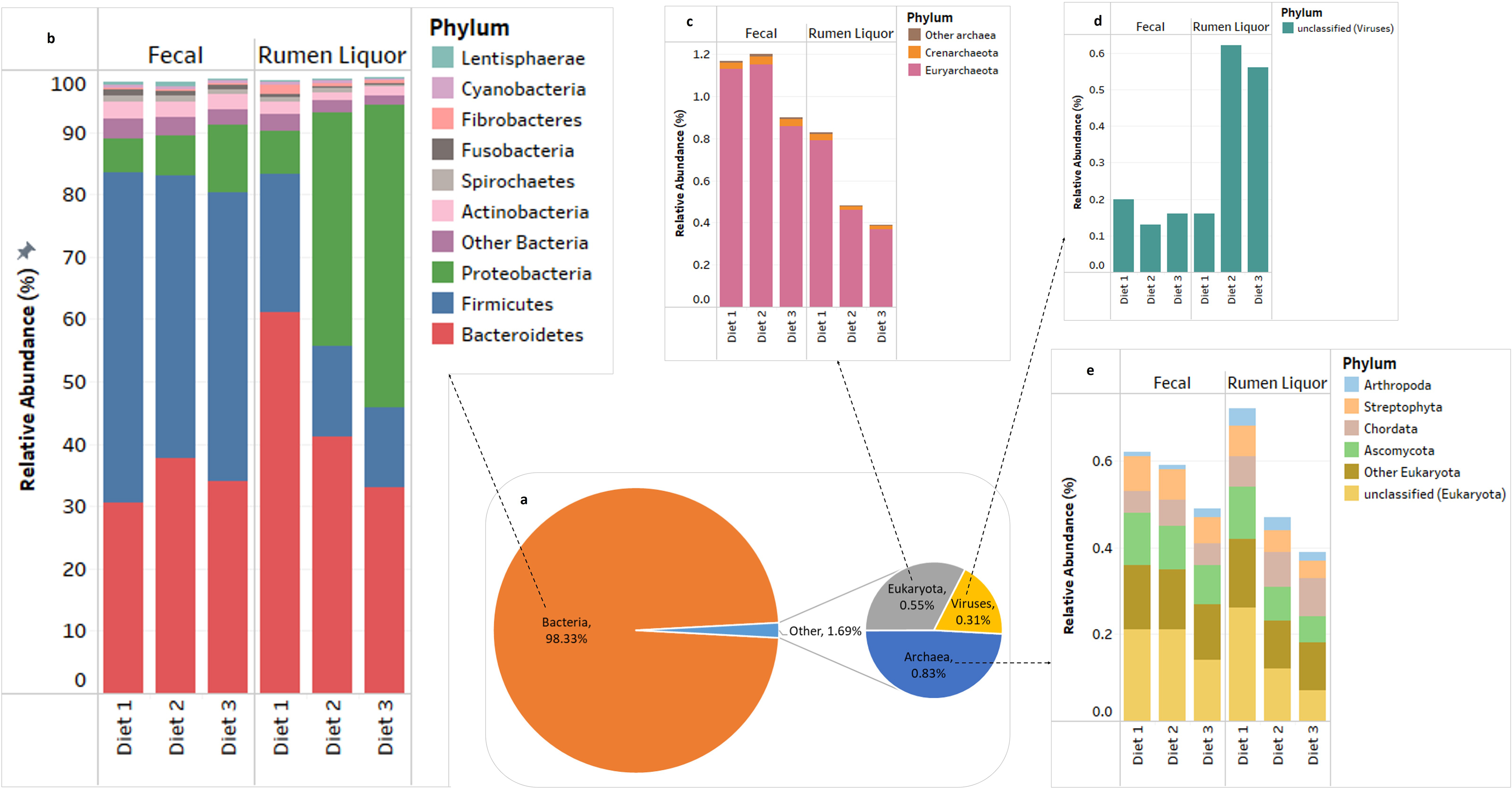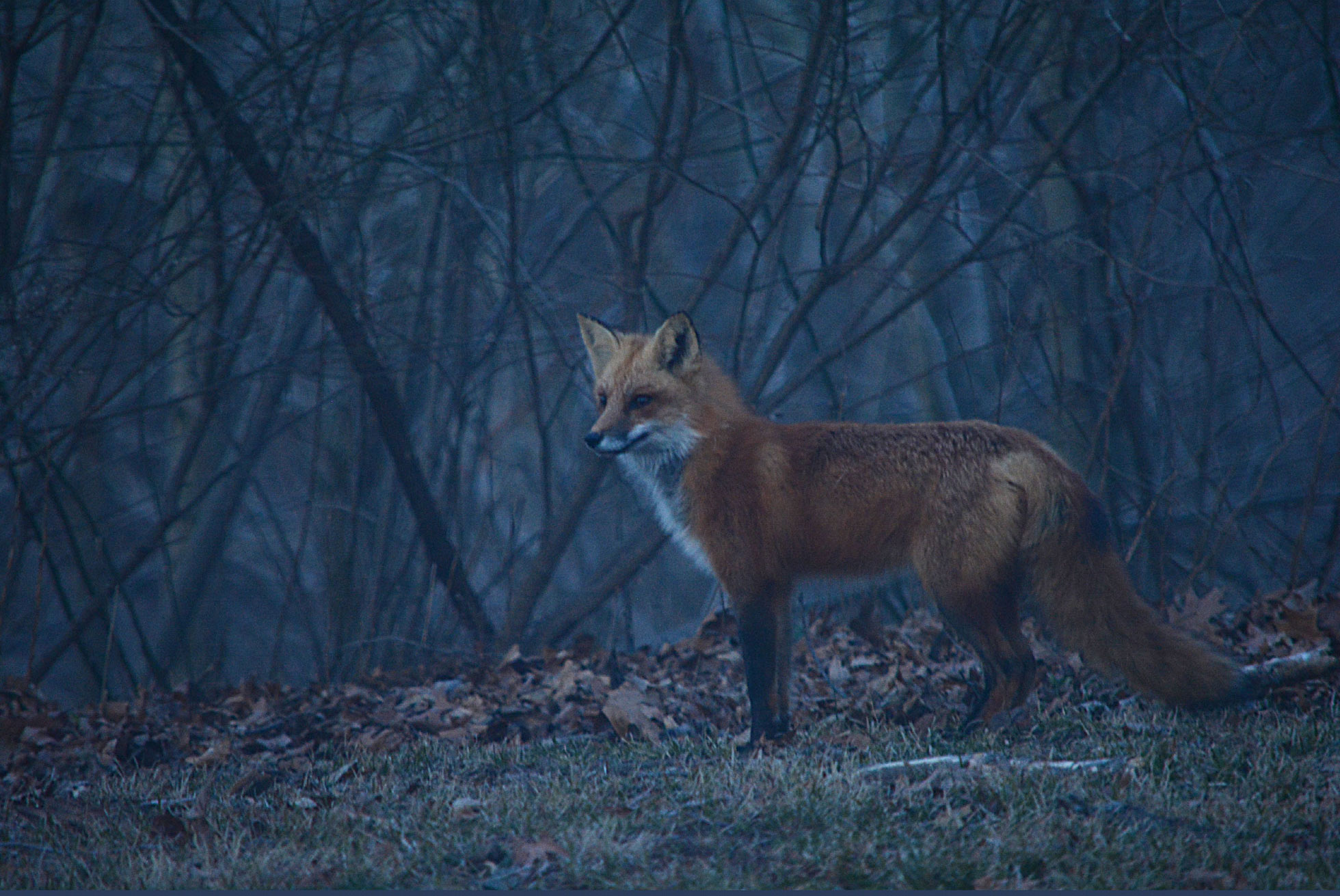|
Ardea Coromanda
The eastern cattle egret (''Ardea coromanda'') is a species of heron (family Ardeidae) found in the tropics, subtropics and warm temperate zones. Formerly, most taxonomic authorities lumped this species and the western cattle egret together (called the cattle egret), but the two cattle egrets are now treated as separate species. Despite the similarities in plumage to the egrets of the genus ''Egretta'', it is more closely related to the herons of '' Ardea''. It is native to southern and eastern Asia, and Australasia. It is a white bird adorned with buff plumes in the breeding season. It nests in colonies, usually near bodies of water and often with other wading birds. The nest is a platform of sticks in trees or shrubs. Eastern cattle egrets exploit drier and open habitats more than other heron species. Their feeding habitats include seasonally inundated grasslands, pastures, farmlands, wetlands and rice paddies. They often accompany cattle or other large mammals, catching inse ... [...More Info...] [...Related Items...] OR: [Wikipedia] [Google] [Baidu] |
Pieter Boddaert
Pieter Boddaert (1730 – 6 May 1795) was a Dutch physician and naturalist. Early life, family and education Boddaert was the son of a Middelburg jurist and poet by the same name (1694–1760). The younger Pieter obtained his M.D. at the University of Utrecht in 1764. Career He became a lecturer on natural history at his alma mater, University of Utrecht. Fourteen letters survive of his correspondence with Carl Linnaeus between 1768 and 1775. He was a friend of Albert Schlosser, whose cabinet of "curiosities" of natural history he described. In 1783 he published 50 copies of an identification key of Edmé-Louis Daubenton's ''Planches enluminées'', the colored plates of illustrations for the comte de Buffon's monumental ''Histoire Naturelle'' (published 1749–1789), assigning binomial scientific names to the plates. As many of these were the first Linnaean scientific names to be proposed, they remain in use. In 2017 the world list of birds maintained by Frank Gill and David ... [...More Info...] [...Related Items...] OR: [Wikipedia] [Google] [Baidu] |
Cattle
Cattle (''Bos taurus'') are large, domesticated, bovid ungulates widely kept as livestock. They are prominent modern members of the subfamily Bovinae and the most widespread species of the genus '' Bos''. Mature female cattle are called cows and mature male cattle are bulls. Young female cattle are called heifers, young male cattle are oxen or bullocks, and castrated male cattle are known as steers. Cattle are commonly raised for meat, for dairy products, and for leather. As draft animals, they pull carts and farm implements. Cattle are considered sacred animals within Hinduism, and it is illegal to kill them in some Indian states. Small breeds such as the miniature Zebu are kept as pets. Taurine cattle are widely distributed across Europe and temperate areas of Asia, the Americas, and Australia. Zebus are found mainly in India and tropical areas of Asia, America, and Australia. Sanga cattle are found primarily in sub-Saharan Africa. These types, sometime ... [...More Info...] [...Related Items...] OR: [Wikipedia] [Google] [Baidu] |
Crepuscular
In zoology, a crepuscular animal is one that is active primarily during the twilight period, being matutinal (active during dawn), vespertine (biology), vespertine/vespertinal (active during dusk), or both. This is distinguished from diurnality, diurnal and nocturnality, nocturnal behavior, where an animal is active during the hours of daytime and of night, respectively. Some crepuscular animals may also be active by moonlight or during an overcast day. Matutinal animals are active only after dawn, and vespertine (biology), vespertine only before dusk. A number of factors affect the time of day an animal is active. Predation, Predators hunt when their prey is available, and prey try to avoid the times when their principal predators are at large. The temperature may be too high at midday or too low at night. Some creatures may adjust their activities depending on local competition. Etymology and usage The word ''crepuscular'' derives from the Latin ''wiktionary:crepusculum, cre ... [...More Info...] [...Related Items...] OR: [Wikipedia] [Google] [Baidu] |
Binocular Vision
Binocular vision is seeing with two eyes. The Field_of_view, field of view that can be surveyed with two eyes is greater than with one eye. To the extent that the visual fields of the two eyes overlap, #Depth, binocular depth can be perceived. This allows objects to be recognized more quickly, camouflage to be detected, spatial relationships to be perceived more quickly and accurately (#Stereopsis, stereopsis) and perception to be less susceptible to optical illusions, optical illusions. In secion #Medical, Medical attention is paid to the occurrence, defects and sharpness of binocular vision. In section #Biological, Biological the occurrence of binocular vision in animals is described. Geometric terms When the left eye (LE) and the right eye (RE) observe two objects X and Y, the following concepts are important:Krol J.D.(1982),"Perceptual ghosts in stereopsis, a ghosly problem in binocular vision", PhD thesis ISBN 90-9000382-7.Koenderink J.J.;van Doorn A.J. (1976) "Geometry of ... [...More Info...] [...Related Items...] OR: [Wikipedia] [Google] [Baidu] |
Tarsus (skeleton)
In the human body, the tarsus (: tarsi) is a cluster of seven articulating bones in each foot situated between the lower end of the tibia and the fibula of the lower leg and the metatarsus. It is made up of the midfoot (Cuboid bone, cuboid, medial, intermediate, and lateral cuneiform bone, cuneiform, and navicular) and hindfoot (Talus bone, talus and calcaneus). The tarsus articulates with the bones of the metatarsus, which in turn articulate with the proximal phalanges of the toes. The joint between the tibia and fibula above and the tarsus below is referred to as the ankle, ankle joint proper. In humans the largest bone in the tarsus is the calcaneus, which is the weight-bearing bone within the heel of the foot. Human anatomy Bones The talus bone or ankle bone is connected superiorly to the two bones of the lower leg, the tibia and fibula, to form the ankle, ankle joint or talocrural joint; inferiorly, at the subtalar joint, to the calcaneus or heel bone. Together, the ... [...More Info...] [...Related Items...] OR: [Wikipedia] [Google] [Baidu] |
Beak
The beak, bill, or rostrum is an external anatomical structure found mostly in birds, but also in turtles, non-avian dinosaurs and a few mammals. A beak is used for pecking, grasping, and holding (in probing for food, eating, manipulating and carrying objects, killing prey, or fighting), preening, courtship, and feeding young. The terms ''beak'' and '' rostrum'' are also used to refer to a similar mouth part in some ornithischians, pterosaurs, cetaceans, dicynodonts, rhynchosaurs, anuran tadpoles, monotremes (i.e. echidnas and platypuses, which have a bill-like structure), sirens, pufferfish, billfishes, and cephalopods. Although beaks vary significantly in size, shape, color and texture, they share a similar underlying structure. Two bony projections–the upper and lower mandibles–are covered with a thin keratinized layer of epidermis known as the rhamphotheca. In most species, two holes called ''nares'' lead to the respiratory system. Etymology Although the wo ... [...More Info...] [...Related Items...] OR: [Wikipedia] [Google] [Baidu] |
Cattle Egret2
Cattle (''Bos taurus'') are large, domesticated, bovid ungulates widely kept as livestock. They are prominent modern members of the subfamily Bovinae and the most widespread species of the genus ''Bos''. Mature female cattle are called cows and mature male cattle are bulls. Young female cattle are called heifers, young male cattle are oxen or bullocks, and castrated male cattle are known as steers. Cattle are commonly raised for meat, for dairy products, and for leather. As draft animals, they pull carts and farm implements. Cattle are considered sacred animals within Hinduism, and it is illegal to kill them in some Indian states. Small breeds such as the miniature Zebu are kept as pets. Taurine cattle are widely distributed across Europe and temperate areas of Asia, the Americas, and Australia. Zebus are found mainly in India and tropical areas of Asia, America, and Australia. Sanga cattle are found primarily in sub-Saharan Africa. These types, sometimes classified ... [...More Info...] [...Related Items...] OR: [Wikipedia] [Google] [Baidu] |
Latin
Latin ( or ) is a classical language belonging to the Italic languages, Italic branch of the Indo-European languages. Latin was originally spoken by the Latins (Italic tribe), Latins in Latium (now known as Lazio), the lower Tiber area around Rome, Italy. Through the expansion of the Roman Republic, it became the dominant language in the Italian Peninsula and subsequently throughout the Roman Empire. It has greatly influenced many languages, Latin influence in English, including English, having contributed List of Latin words with English derivatives, many words to the English lexicon, particularly after the Christianity in Anglo-Saxon England, Christianization of the Anglo-Saxons and the Norman Conquest. Latin Root (linguistics), roots appear frequently in the technical vocabulary used by fields such as theology, List of Latin and Greek words commonly used in systematic names, the sciences, List of medical roots, suffixes and prefixes, medicine, and List of Latin legal terms ... [...More Info...] [...Related Items...] OR: [Wikipedia] [Google] [Baidu] |
Molecular Phylogenetic
Molecular phylogenetics () is the branch of phylogeny that analyzes genetic, hereditary molecular differences, predominantly in DNA sequences, to gain information on an organism's evolutionary relationships. From these analyses, it is possible to determine the processes by which diversity among species has been achieved. The result of a molecular phylogenetic analysis is expressed in a phylogenetic tree. Molecular phylogenetics is one aspect of molecular systematics, a broader term that also includes the use of molecular data in taxonomy and biogeography. Molecular phylogenetics and molecular evolution correlate. Molecular evolution is the process of selective changes (mutations) at a molecular level (genes, proteins, etc.) throughout various branches in the tree of life (evolution). Molecular phylogenetics makes inferences of the evolutionary relationships that arise due to molecular evolution and results in the construction of a phylogenetic tree. History The theoretical fra ... [...More Info...] [...Related Items...] OR: [Wikipedia] [Google] [Baidu] |
Ardea (bird)
''Ardea'' is a genus of herons. These herons are generally large in size, typically 80–100 cm or more in length. These large herons are associated with wetlands where they prey on fish, frogs, and other aquatic species. Most members of this almost worldwide group breed Bird colony, colonially in trees, building large stick nests. Northern species such as great blue heron, great blue, grey heron, grey, and purple herons may bird migration, migrate south in winter, although the first two do so only from areas where the waters freeze. Description These are powerful birds with large spear-like bills, long necks and long legs, which hunt by waiting motionless or stalking their prey in shallow water before seizing it with a sudden lunge. They have a slow steady flight, with the neck retracted as is characteristic of herons and bitterns; this distinguishes them from storks, crane (bird), cranes, flamingos, and spoonbills, which extend their necks. Taxonomy The genus ''Ard ... [...More Info...] [...Related Items...] OR: [Wikipedia] [Google] [Baidu] |
Binomial Name
In taxonomy, binomial nomenclature ("two-term naming system"), also called binary nomenclature, is a formal system of naming species of living things by giving each a name composed of two parts, both of which use Latin grammatical forms, although they can be based on words from other languages. Such a name is called a binomial name (often shortened to just "binomial"), a binomen, name, or a scientific name; more informally, it is also called a Latin name. In the International Code of Zoological Nomenclature (ICZN), the system is also called nomenclature, with an "n" before the "al" in "binominal", which is a typographic error, meaning "two-name naming system". The first part of the name – the '' generic name'' – identifies the genus to which the species belongs, whereas the second part – the specific name or specific epithet – distinguishes the species within the genus. For example, modern humans belong to the genus ''Homo'' and within this genus to the species ''Hom ... [...More Info...] [...Related Items...] OR: [Wikipedia] [Google] [Baidu] |
Edme-Louis Daubenton
Edme-Louis Daubenton (12 August 1730 – 12 December 1785) was a French naturalist. Daubenton was the cousin of another French naturalist, Louis Jean-Marie Daubenton. Georges-Louis Leclerc, the Comte de Buffon engaged Edme-Louis Daubenton to supervise the coloured illustrations for the monumental ''Histoire Naturelle'' (1749–89). The ''Planches enluminée'' started to appear in 1765 and finally counted 1,008 plates, all engraved by François-Nicolas Martinet (1731–1800), and all painted by hand. The Parisian publisher Panckoucke published a version without text between 1765 and 1783. More than 80 artists took part in the realization of the original paintings. 973 plates relate to birds; others illustrate especially butterflies but also other insects, corals, etc. The illustrations were not very successful, but they allow a rather good determination of the species illustrated, some of them now extinct. As Buffon did not follow the system of biological nomenclature developed ... [...More Info...] [...Related Items...] OR: [Wikipedia] [Google] [Baidu] |









